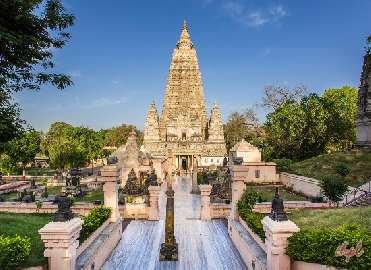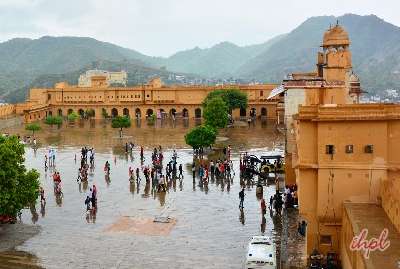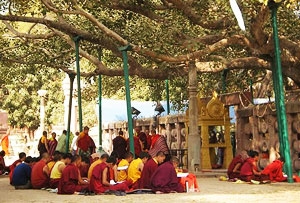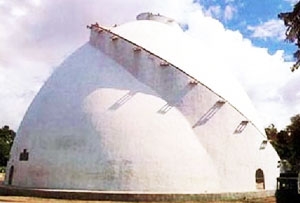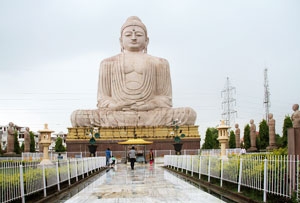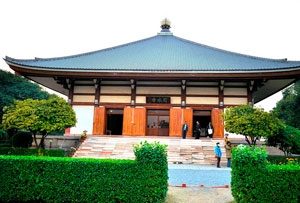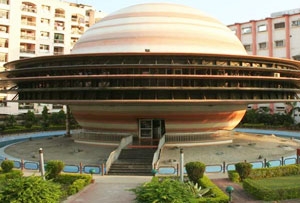One of the prime tourist attractions in Nalanda, Hiuen Tsang Memorial was constructed in the memory of Hiuen Tsang, a popular Chinese traveler. When the glory of Nalanda University was at its peak, Hieun Tsang had come to India in 633 AD to study Buddhism and mysticism. He came to India during the region of Gupta dynasty and stayed here for 12 years.
Tsang also travelled around the country as he loved travelling. Tsang also visited Takshila for extended studies on Buddhism as it was a prime Buddhist center of learning. In Nalanda, he also used to learn Yoga from his teacher Acharya Shil Bhadra, at a place which now is the memorial hall. On the same place Hieun Tsang memorial hall was built. The construction of the hall was started in January 1957 by Pt Jawahar Lal Nehru and got completed in 1984.
It is believed that Tsang’s visit to Nalanda was fulfillment of his long-drawn desire. He always wished to visit India as he respected the country’s hospitality and wanted to study Buddhism here because of the serene atmosphere and deep learning. He learned Buddhism and Yoga from Shilabhadra and Buddhabhadra, two of his extremely intelligent teachers.
When he returned back to China in 645 AD he took the same route (Silk Road) following which he came here. However, he also lost a number of important study papers on Buddhism in River Indus on his way back. He took shelters at Kashghar and Kusha monasteries and also collected some important information and papers on Buddhism that he had earlier lost. When he finally returned to China, the then emperor erected a Pagoda near the southern entry gate of Hogn-Fu temple in Si-gan-fu. The complete collection of HiuenTsang was preserved here.
His prized possessions consisted of sandalwood and golden statues of Lord Buddha, 192 Shastras, some relics, 224 book on the Sutras, 17 works of Kasyapiya school, 67 books of the Sarvastivada school and 67 books of the Sarvastivada school. The works of Tsang also hold a lot of importance in India as a lot of information about those times was derived from his documents. This building important for both India and China.



